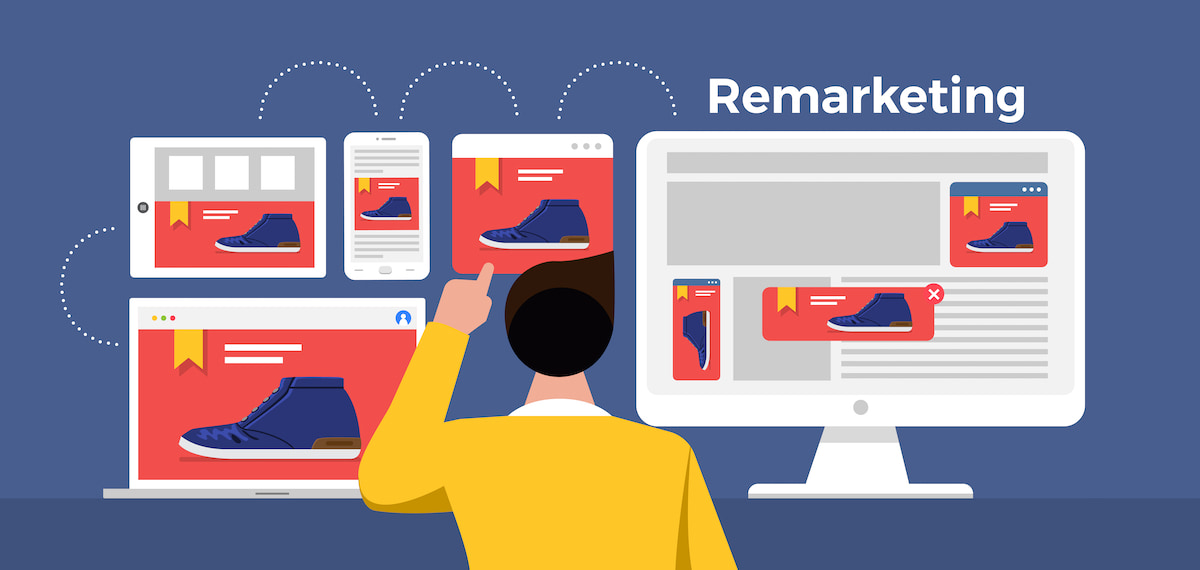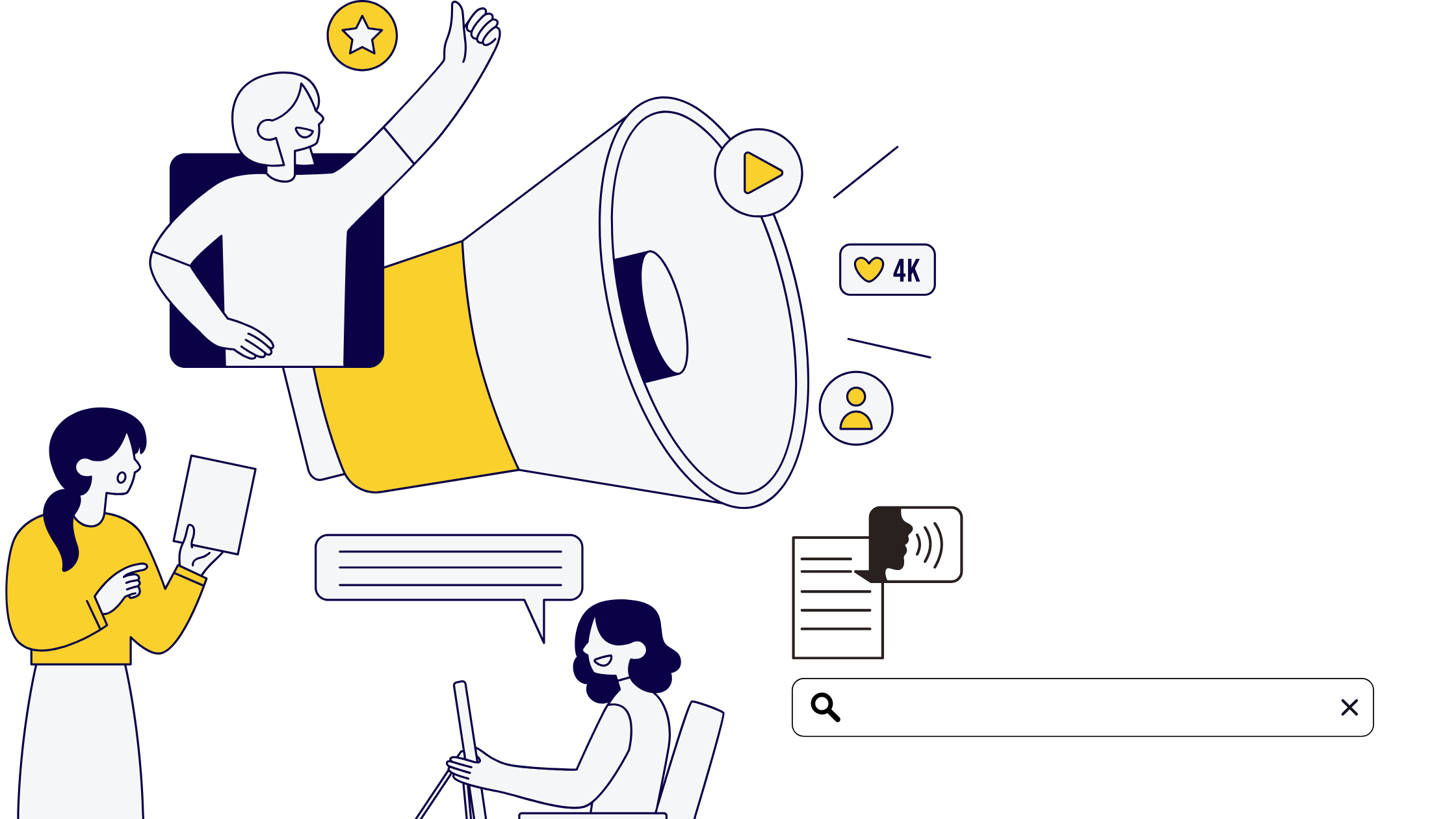You can set up a specific remarketing campaign, that will be targeted towards bringing back your users into the sales funnels. Several PPC platforms offer it. In this method, you target a list of users on certain conditions you make and define. These lists can be targeted in a separate ad group with their own CPC bid. Ensure that you define different lists based on their probability of converting.
For example, a remarketing list of users that have visited your landing page but bounced will probably have a lesser value than a list of users that abandoned the order form. If your website offers more than one product or service, you may want to have a segmented remarketing list for each of them. This will allow you to target each one in its own ad group with ads that are specifically built for the item the user is the most interested in.
If you have a data feed setup for your online store, you can use dynamic remarketing. What this feature does is that it automatically creates banner ads with your products listed in them. The ads displayed are based on the products a user has shown the most interest in when they visited your site.
Remarketing success can be measured by clicks which resulted in conversions. It is important to remember that the remarketing campaign that brought this conversion is one of several touchpoints a user made before buying. Because of this, the user has already been brought in with another marketing channel, thus remarketing does not deserve all of the credit for this sale.
You can create remarketing lists with search campaigns. You either target ads to users searching trigger keywords in a group that must be on the list or target ads to users that trigger keywords and adjust the bid for those present on that list. The latter option is useful to make sure that you appear high up on search results for users who have been on your site but are searching again.







